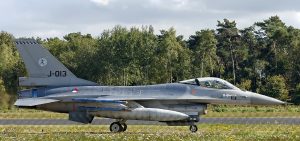Precis of Flight Path
As an instructional designer in the corporate sector, I have designed training courses mostly with predefined customer requirements. My main goals for this course were to:
- Play with tools and technologies that I had not explored yet.
- Apply frameworks as a reference to purposefully select learning technologies.
- Create pedagogically aligned courses that are designed to support learners in their learning.
- Investigate the possibility/ viability/ limitation of using external software/ social media.
- Design formative and summative assessment best suited to the course objectives and pedagogical design.
- Explore how to set up student and instructor dashboards with learning analytics.
Goal Reflection
- Tools and Technologies
During this course, I was able to try a few new tools for media production. These include iMovie, Quizlet, Google slides, Canva, Kaltura, and WeVideo. Additionally, I got more proficient with Thinglink and Camtasia. I learned how to setup and create videos with PowerPoint. Last but not the least, I was able to see the much-praised Canvas LMS in action. I spent considerable time exploring all the features, configuring the navigation options and setting up HTML pages, quizzes, and assignments in the LMS. Continue reading

